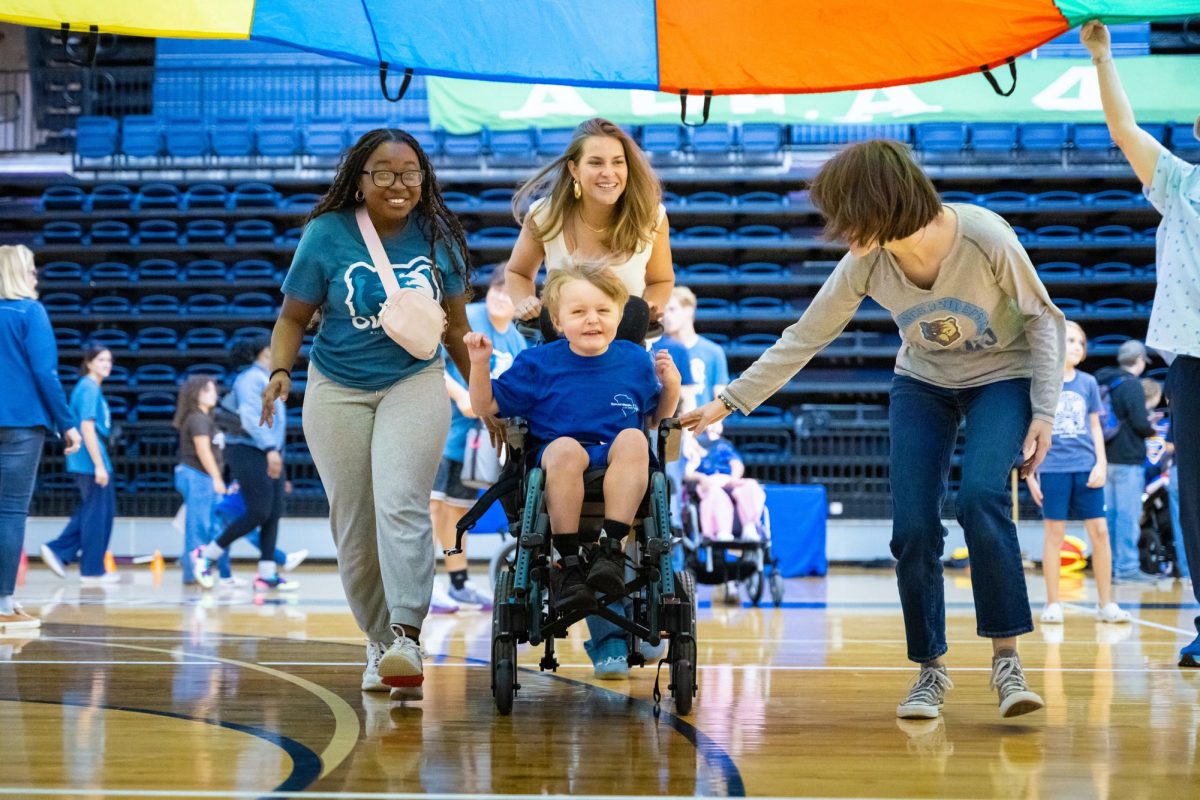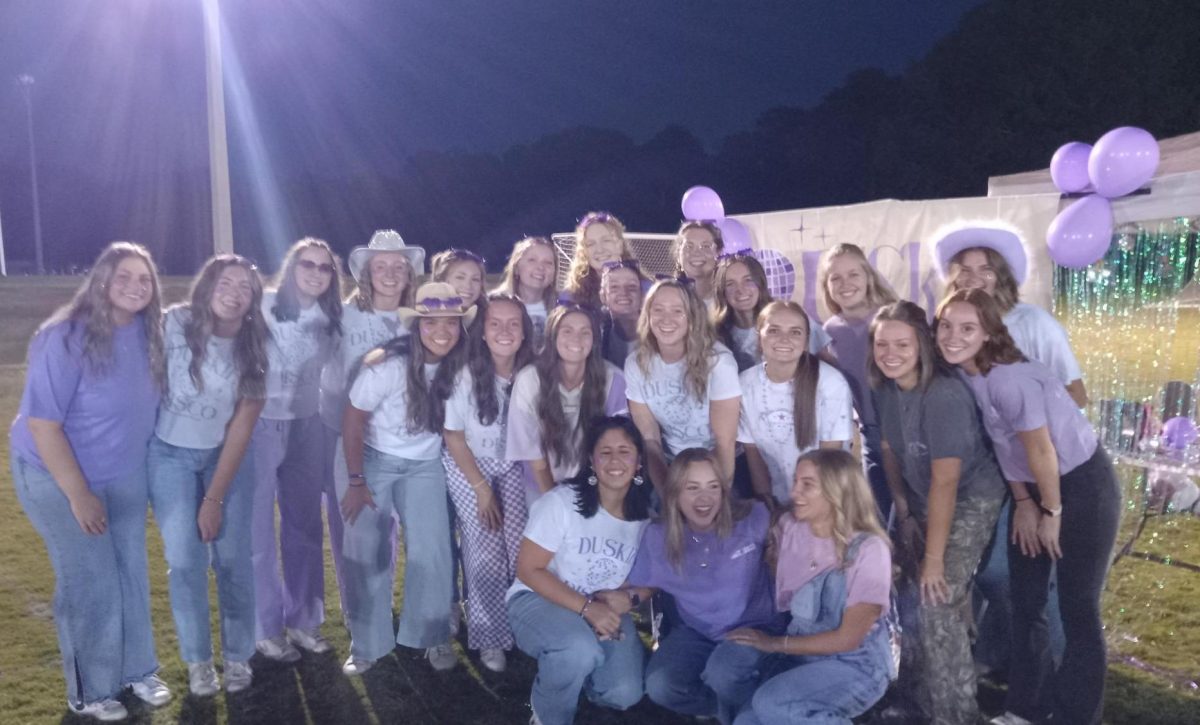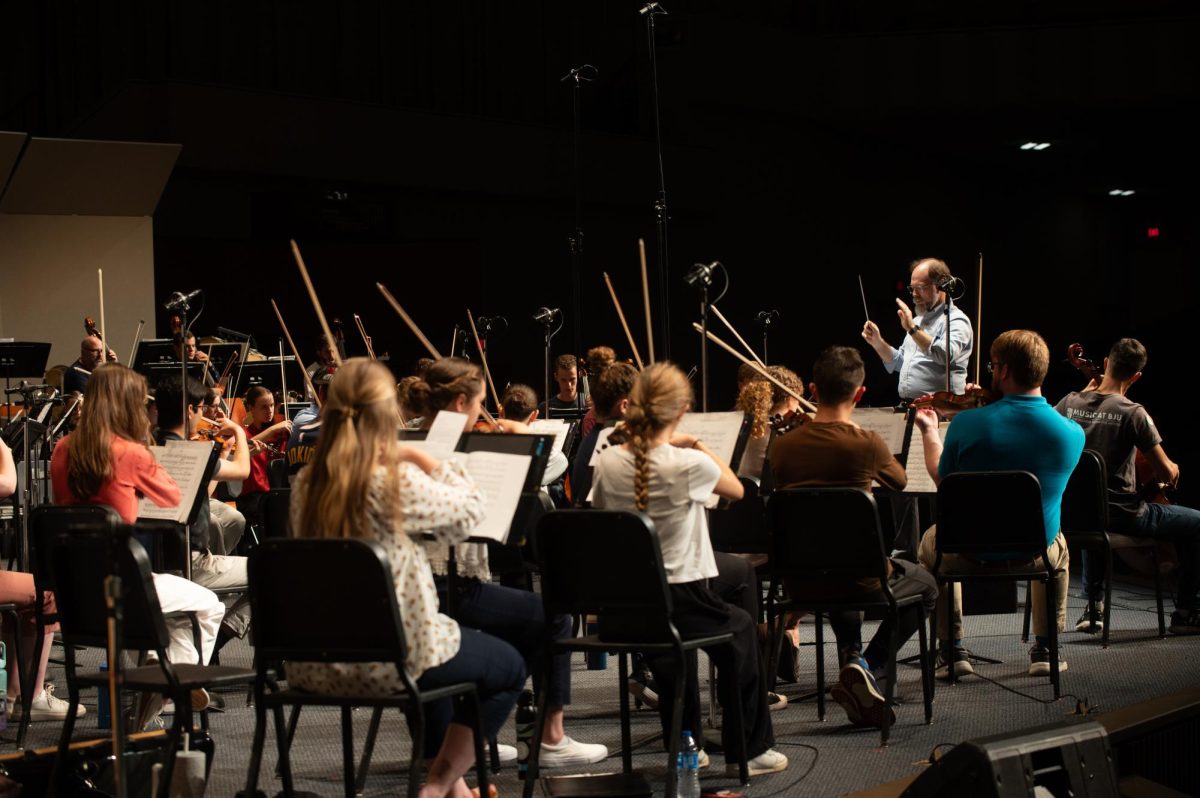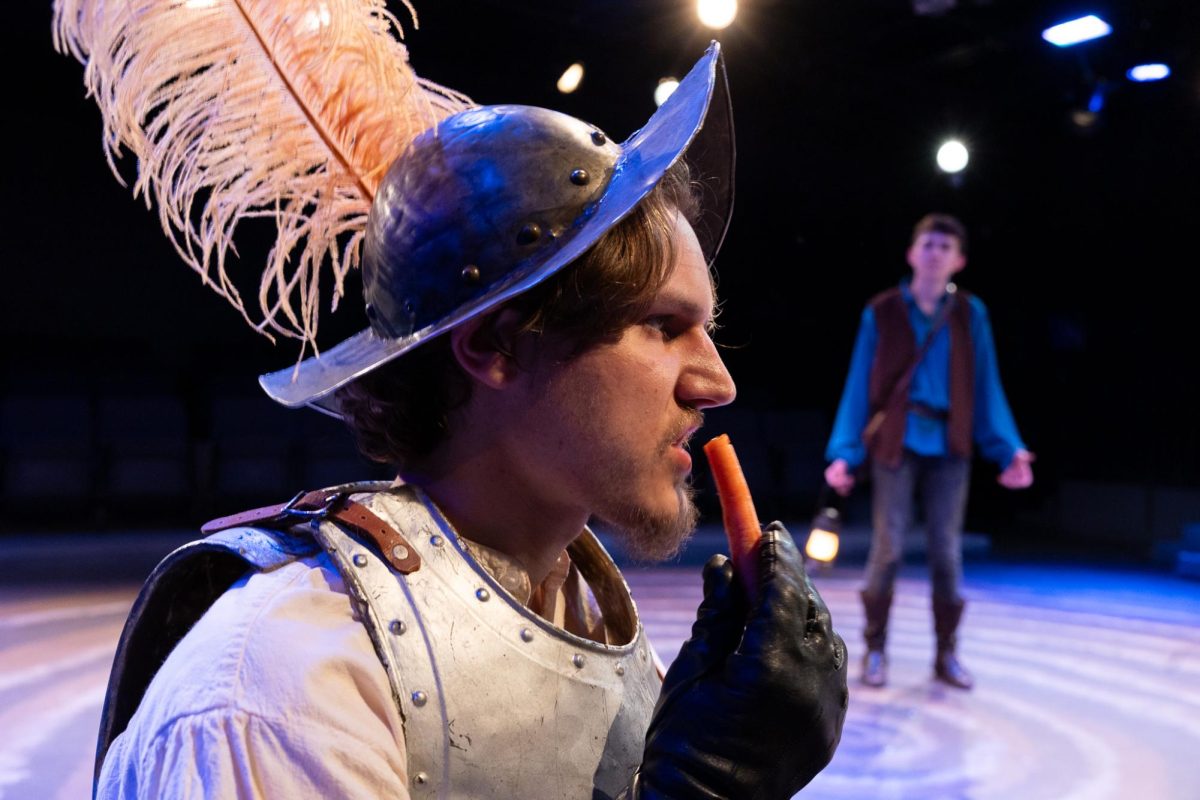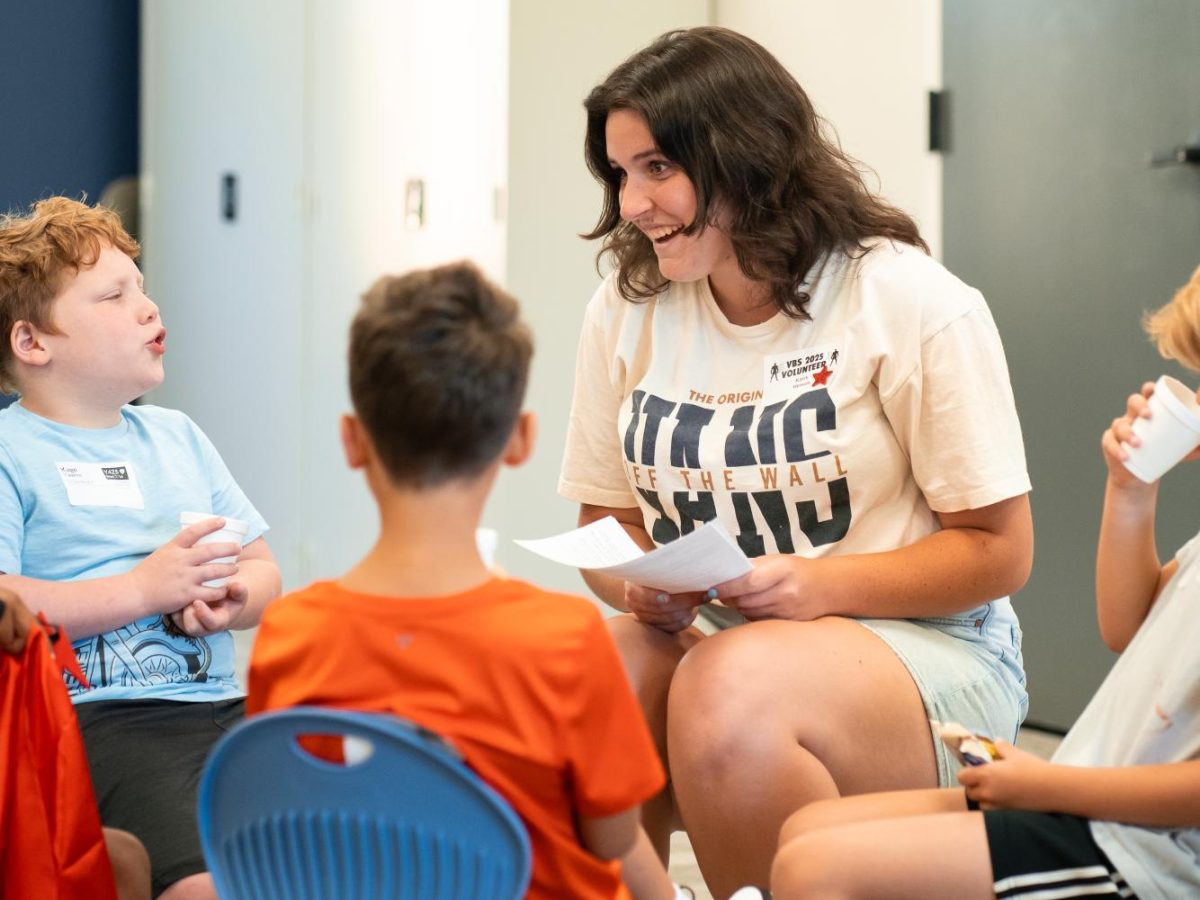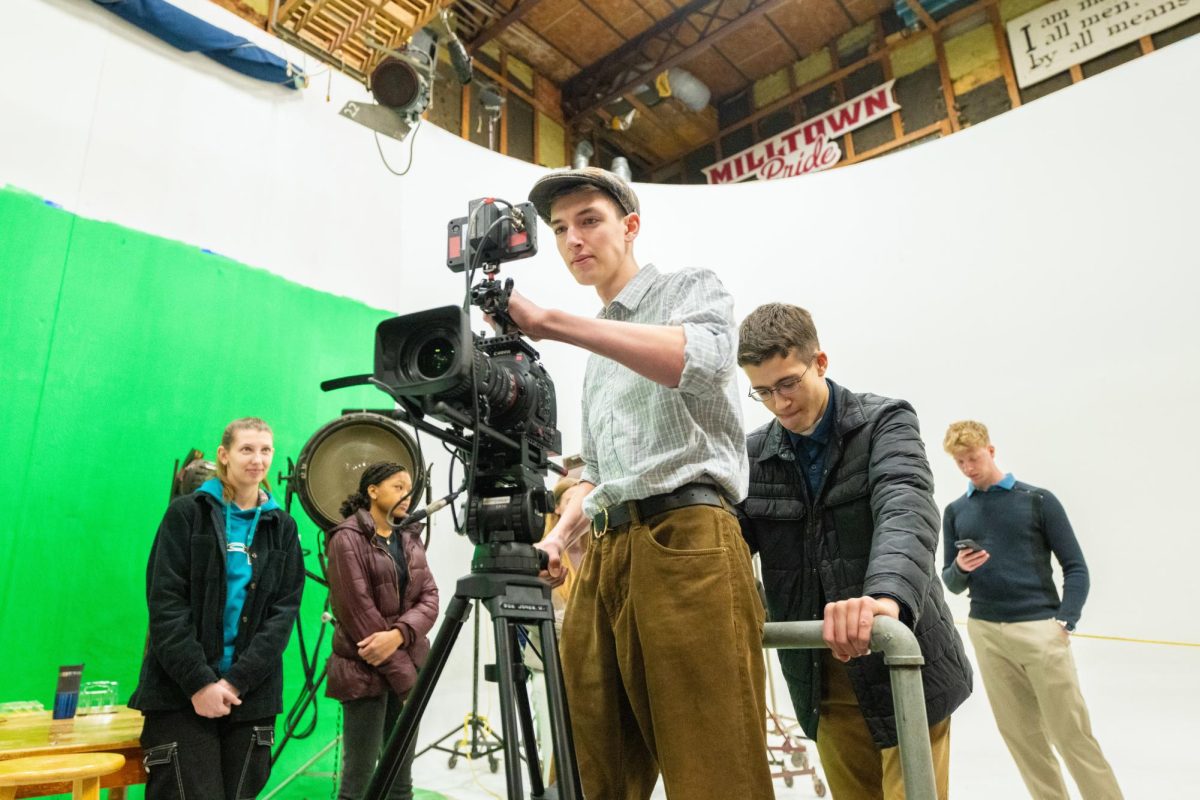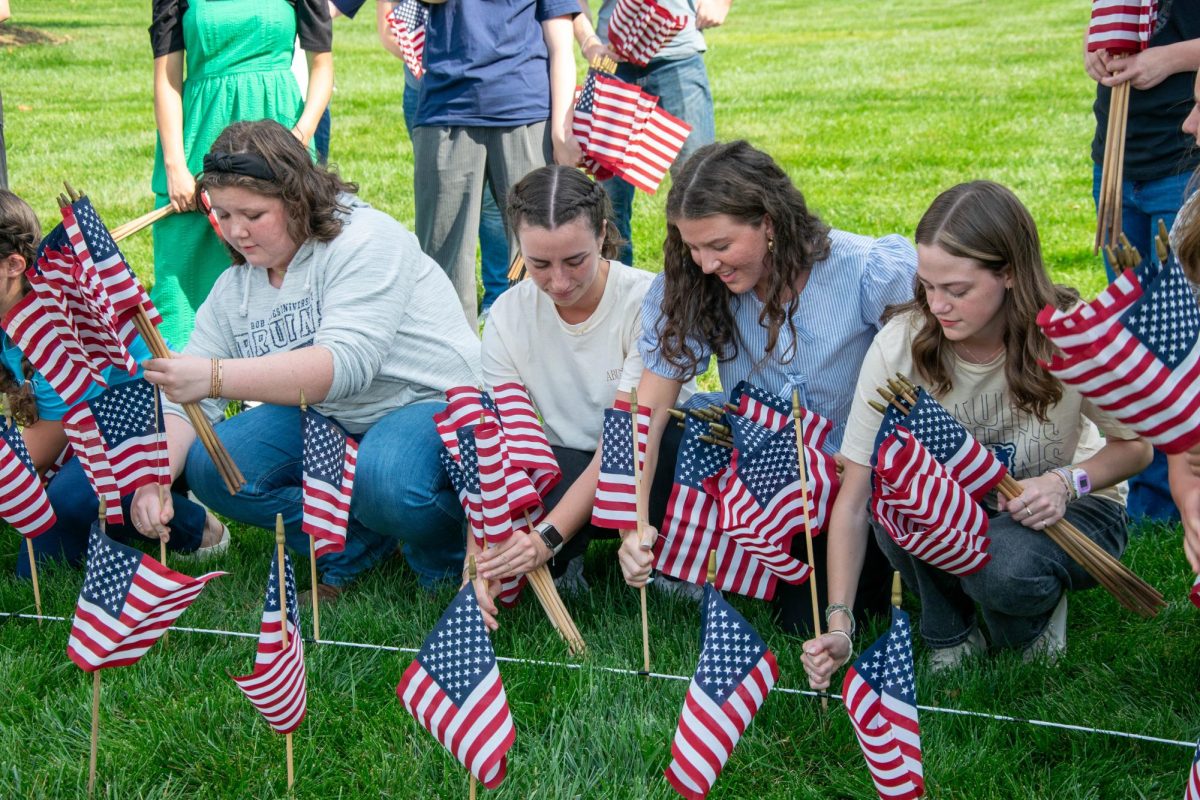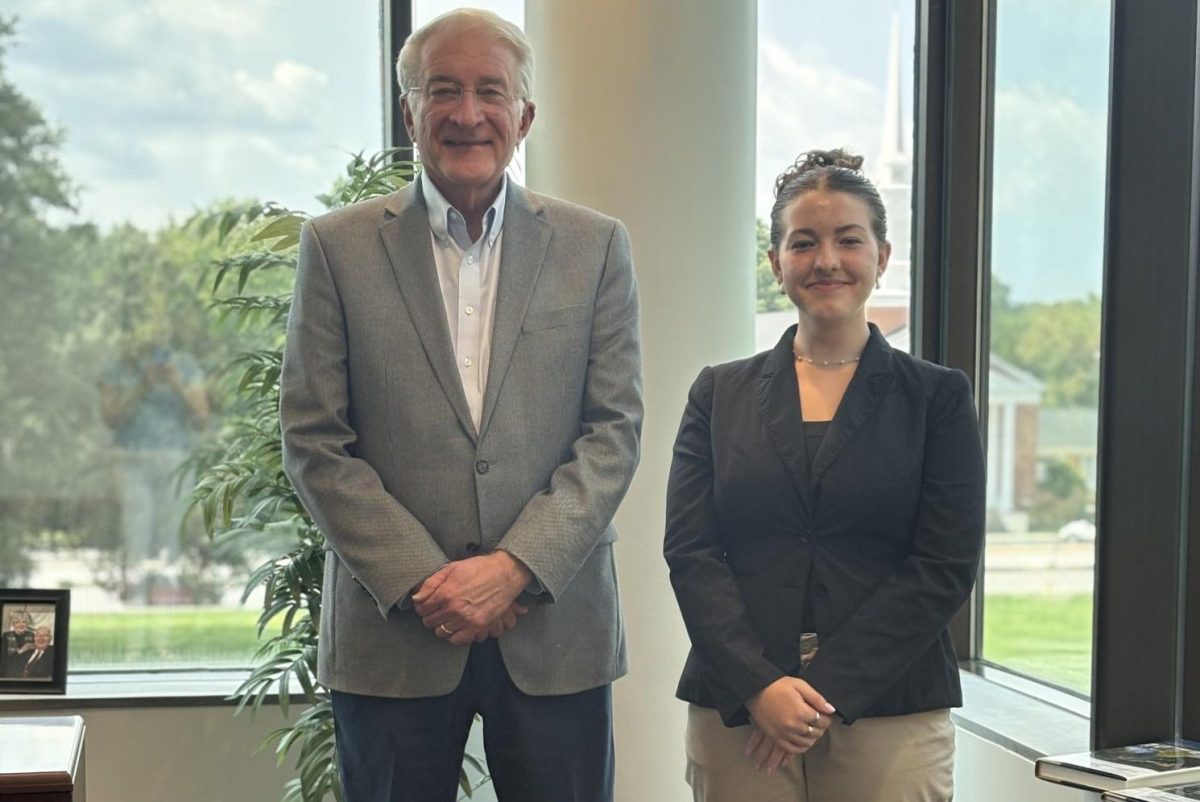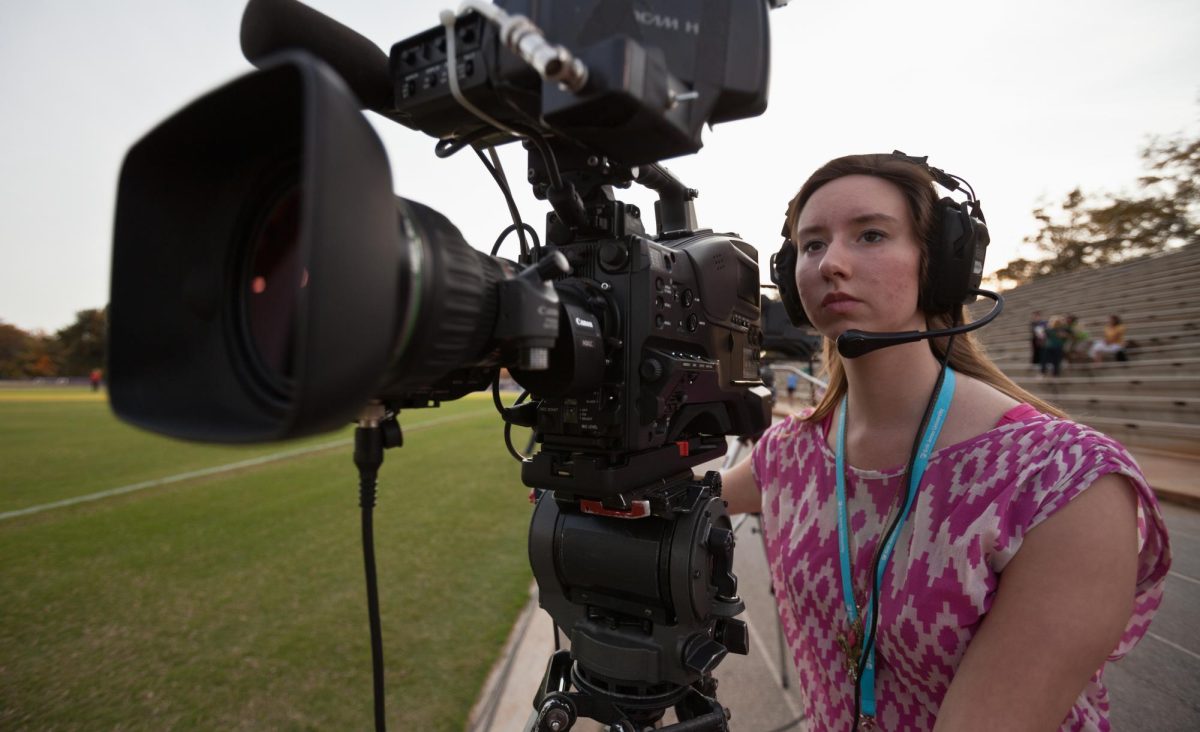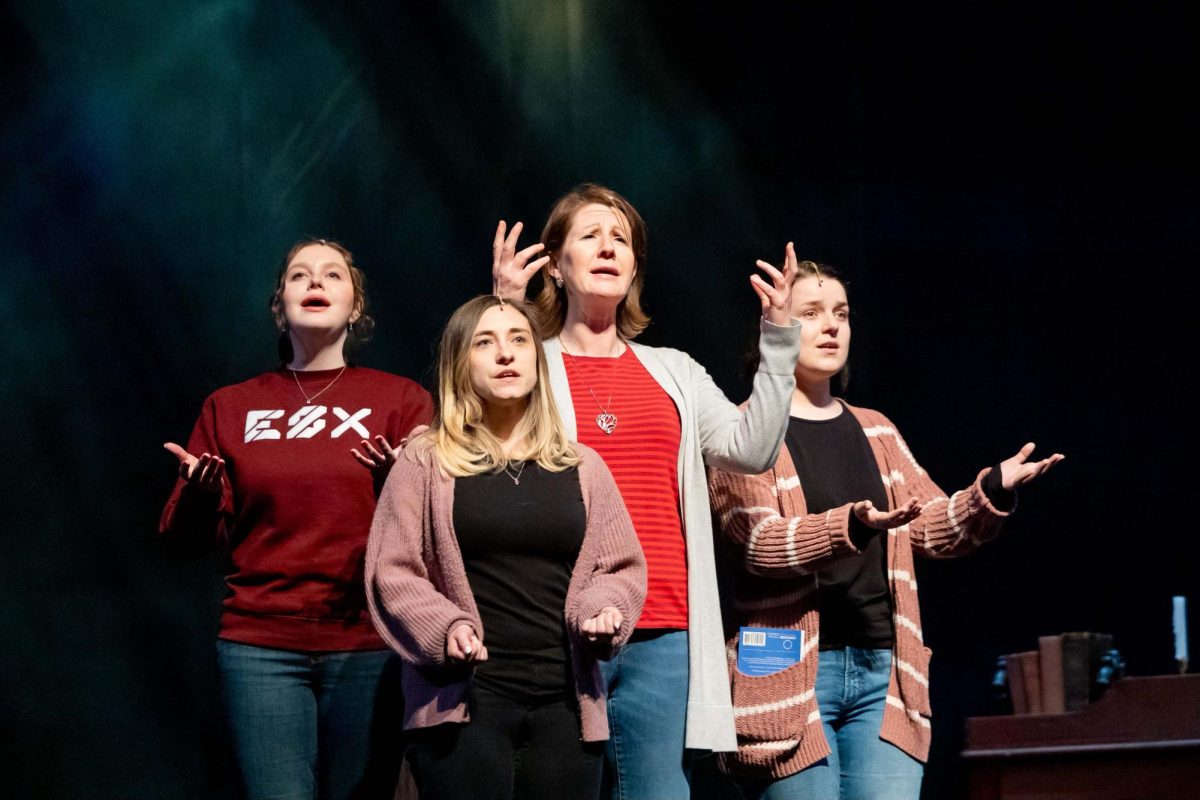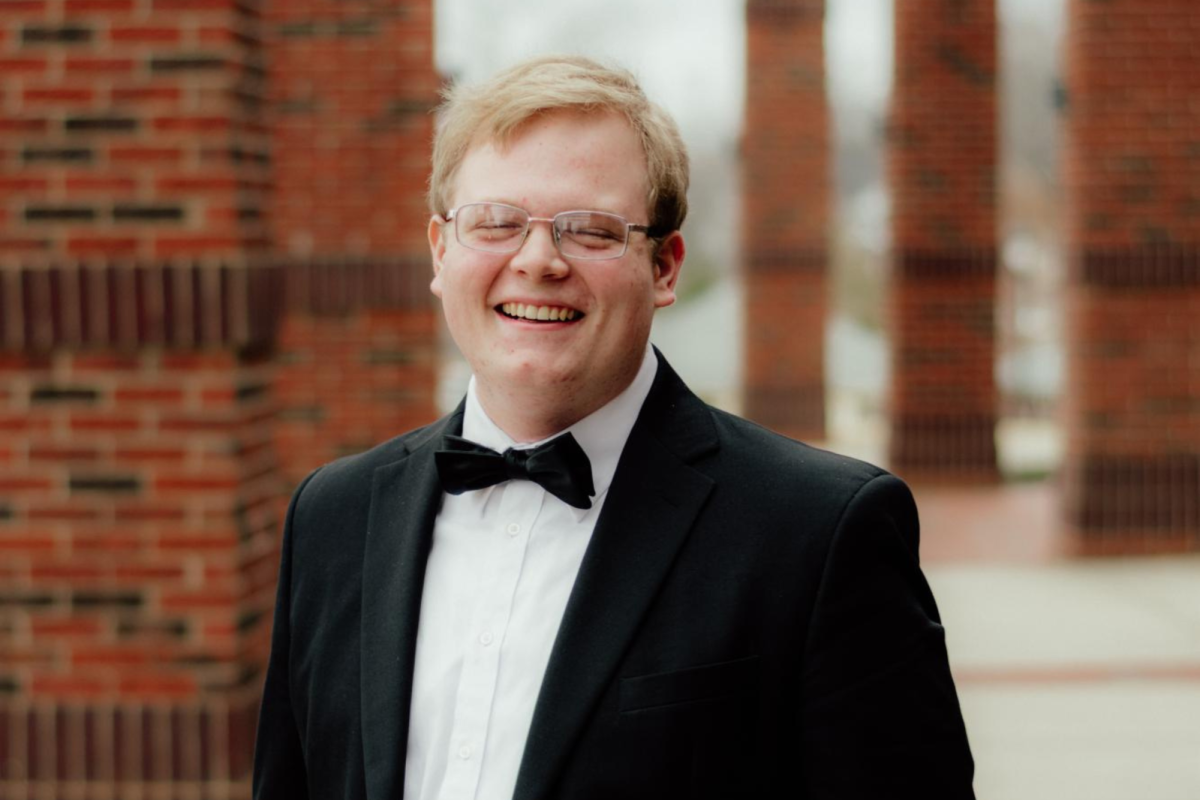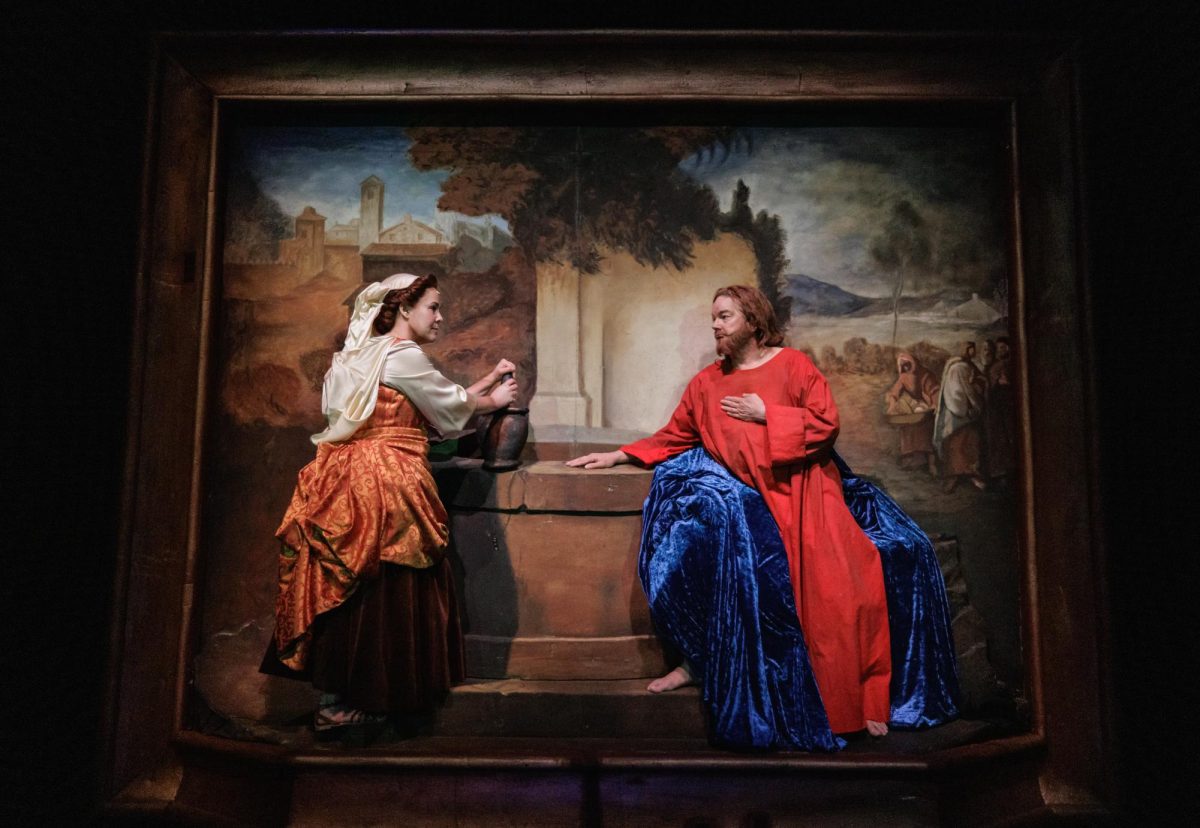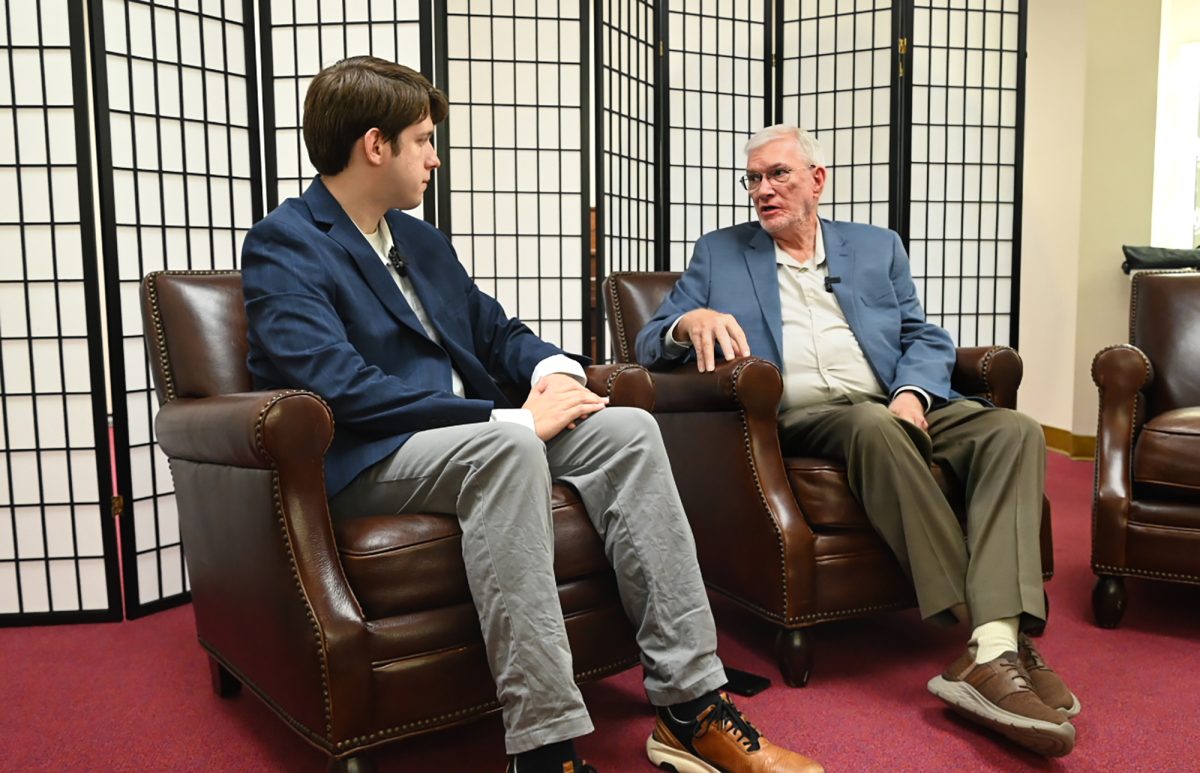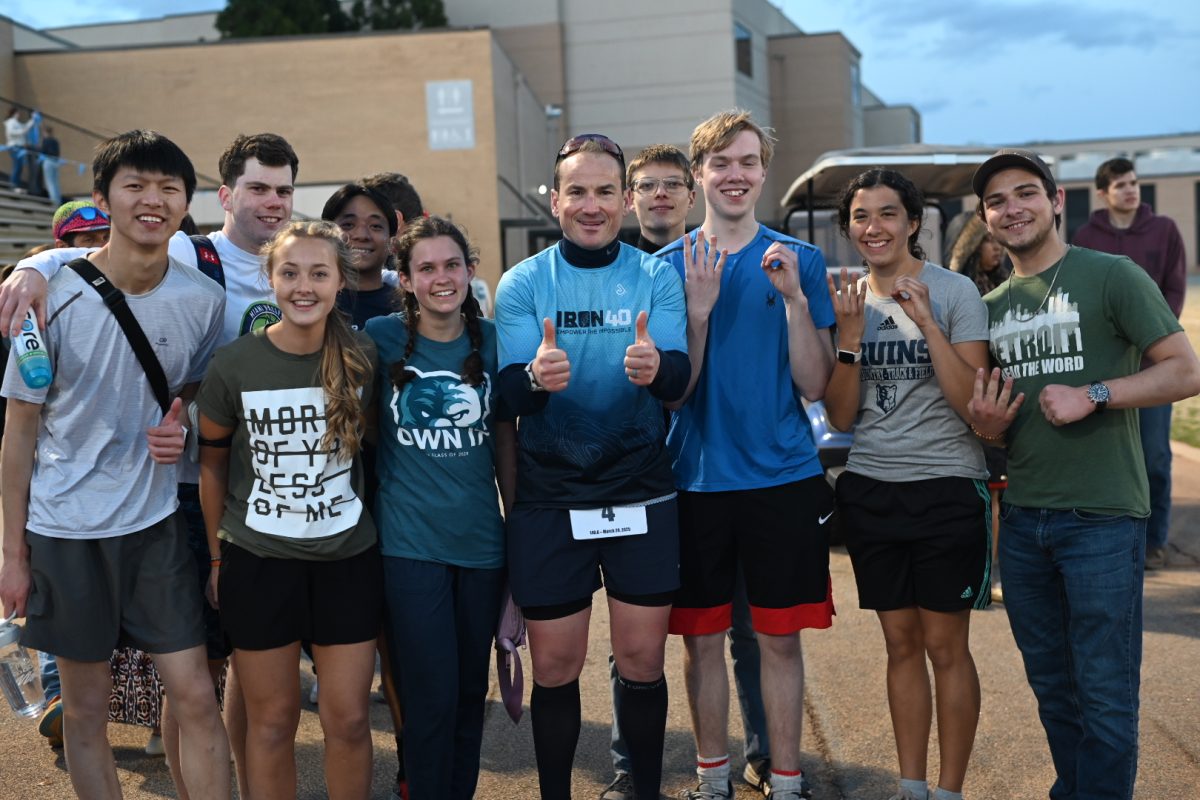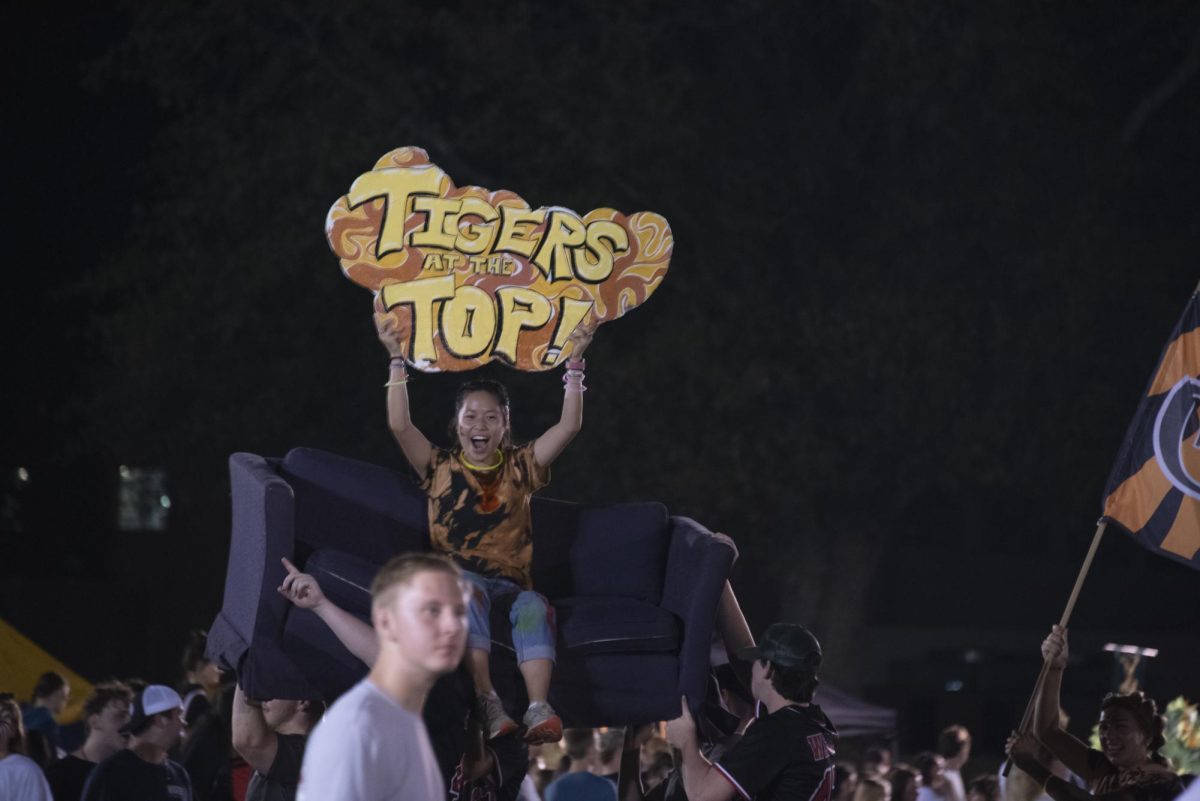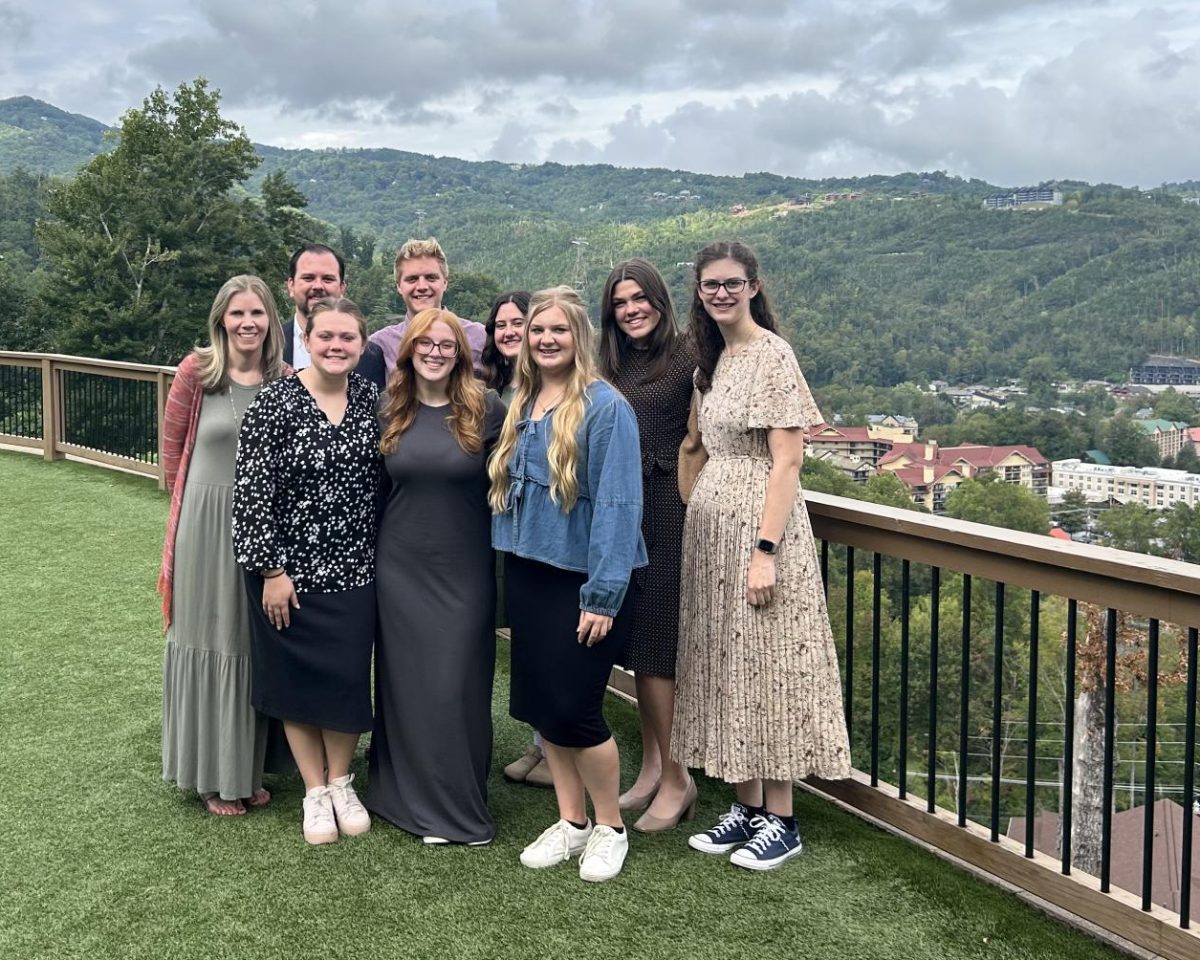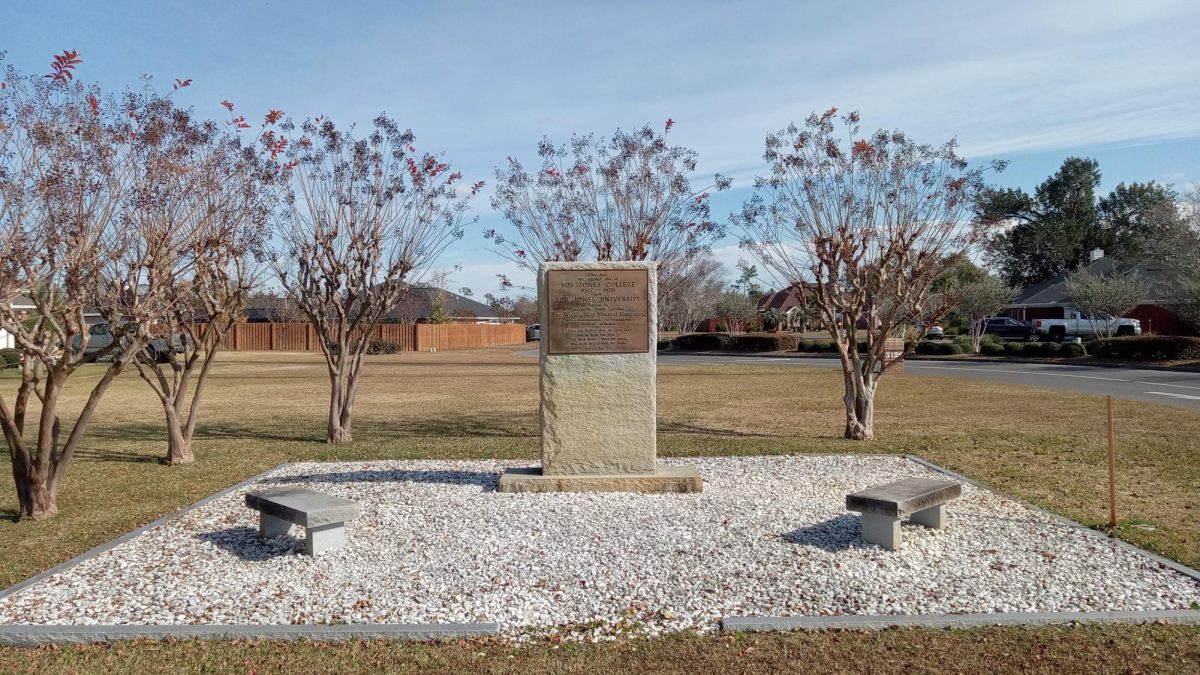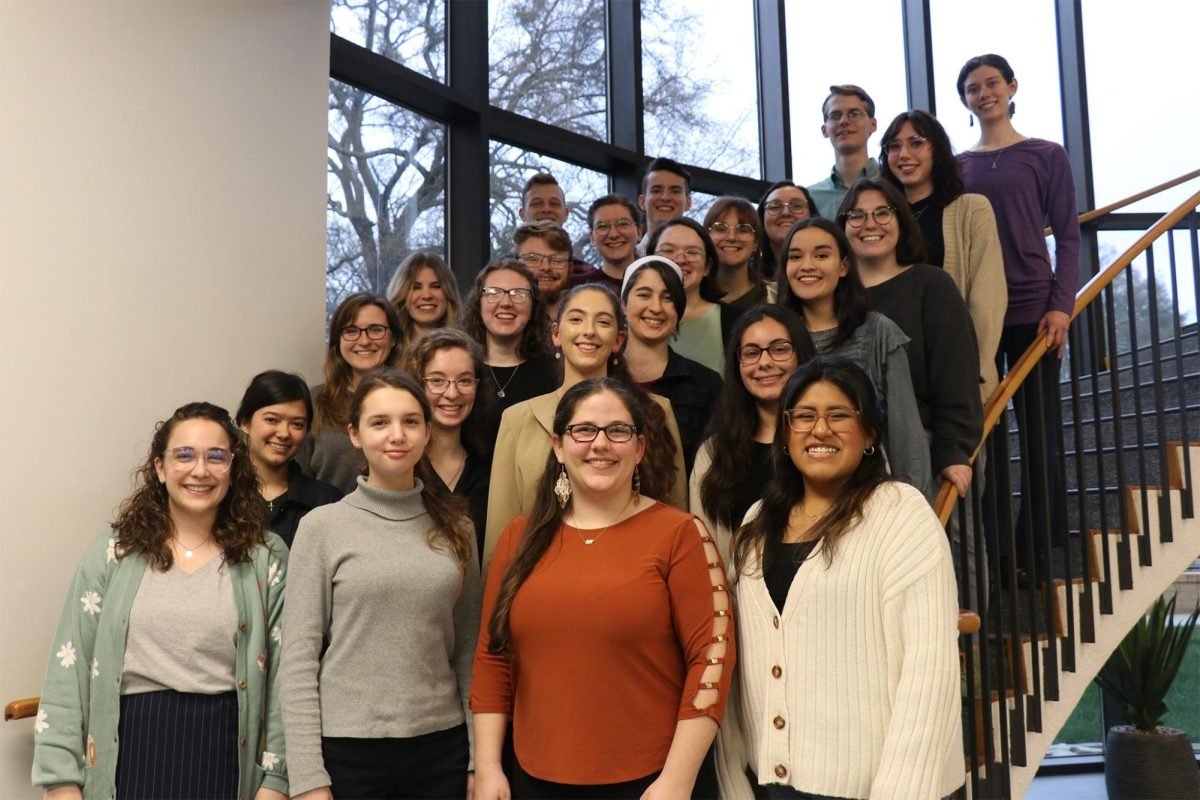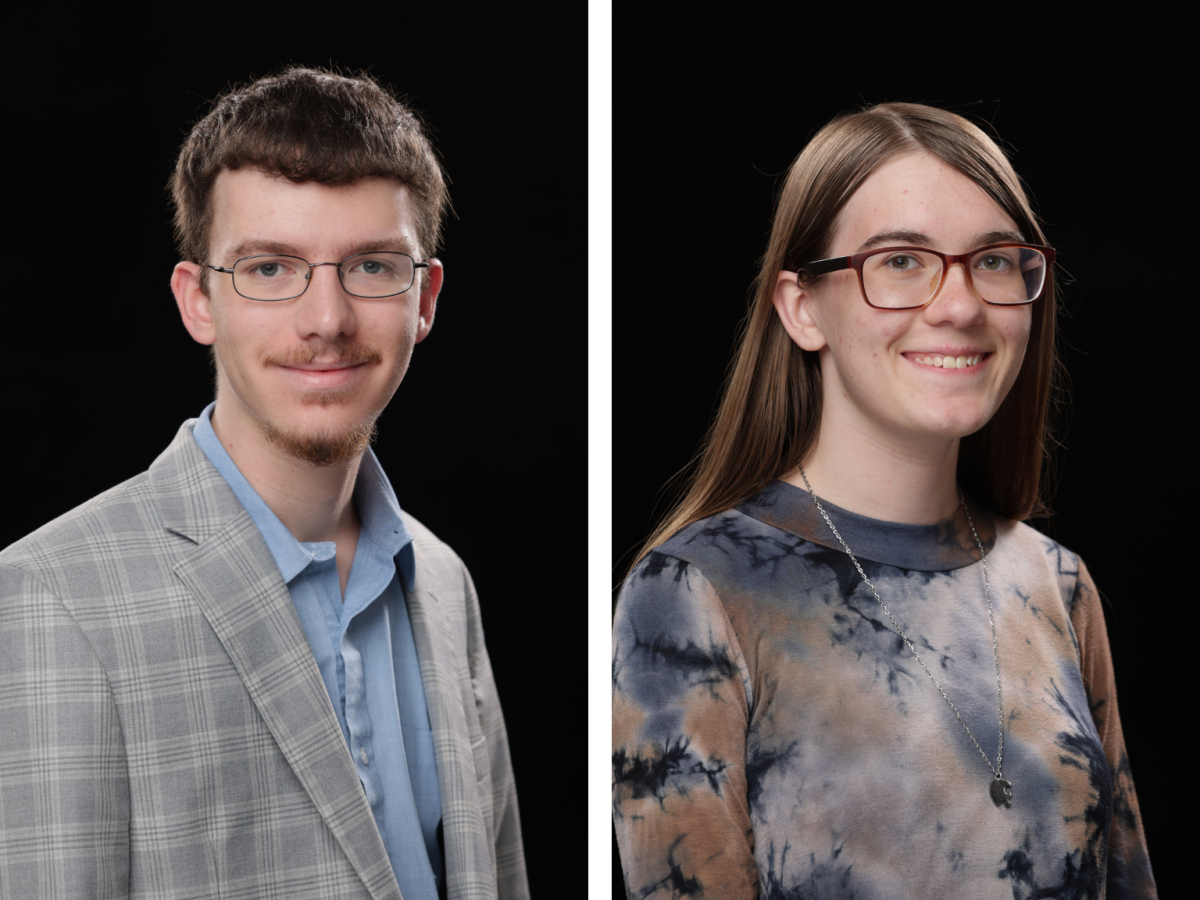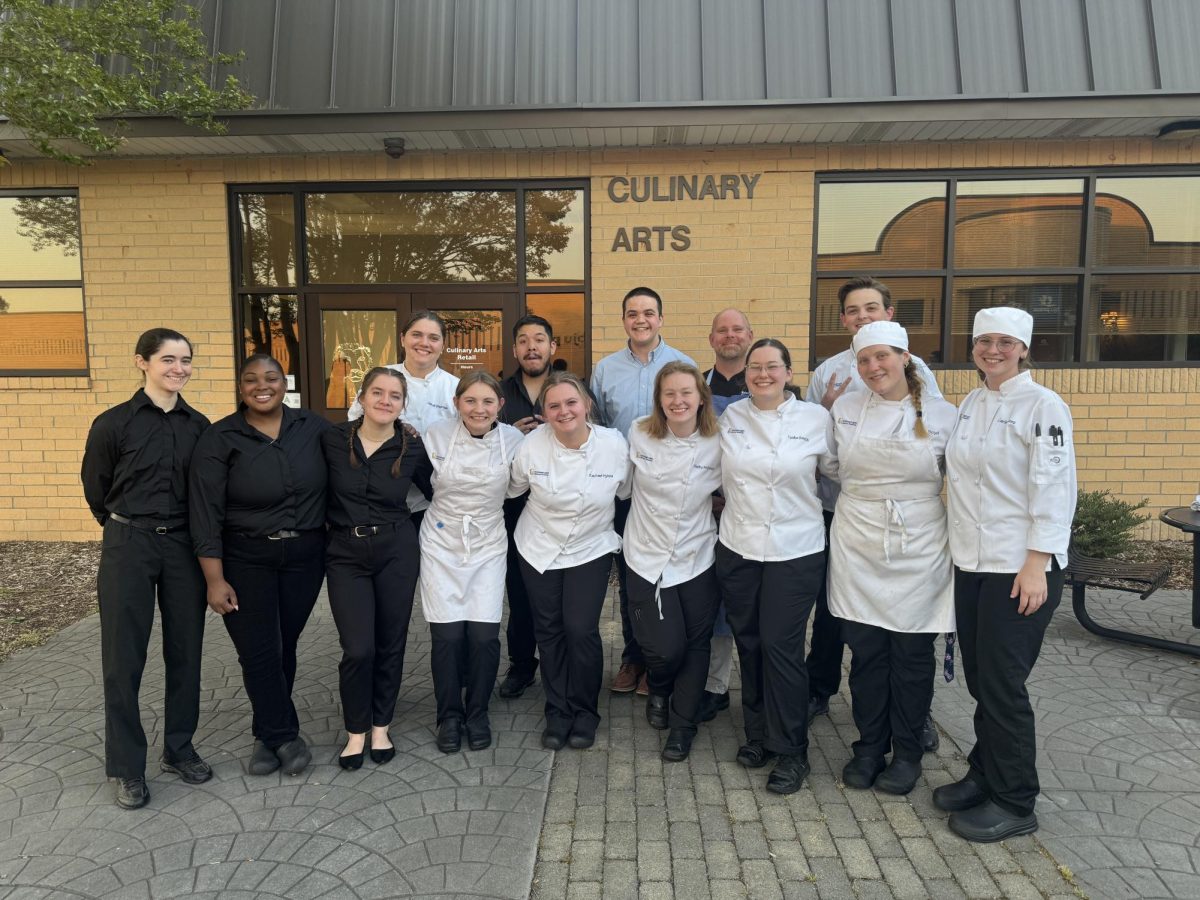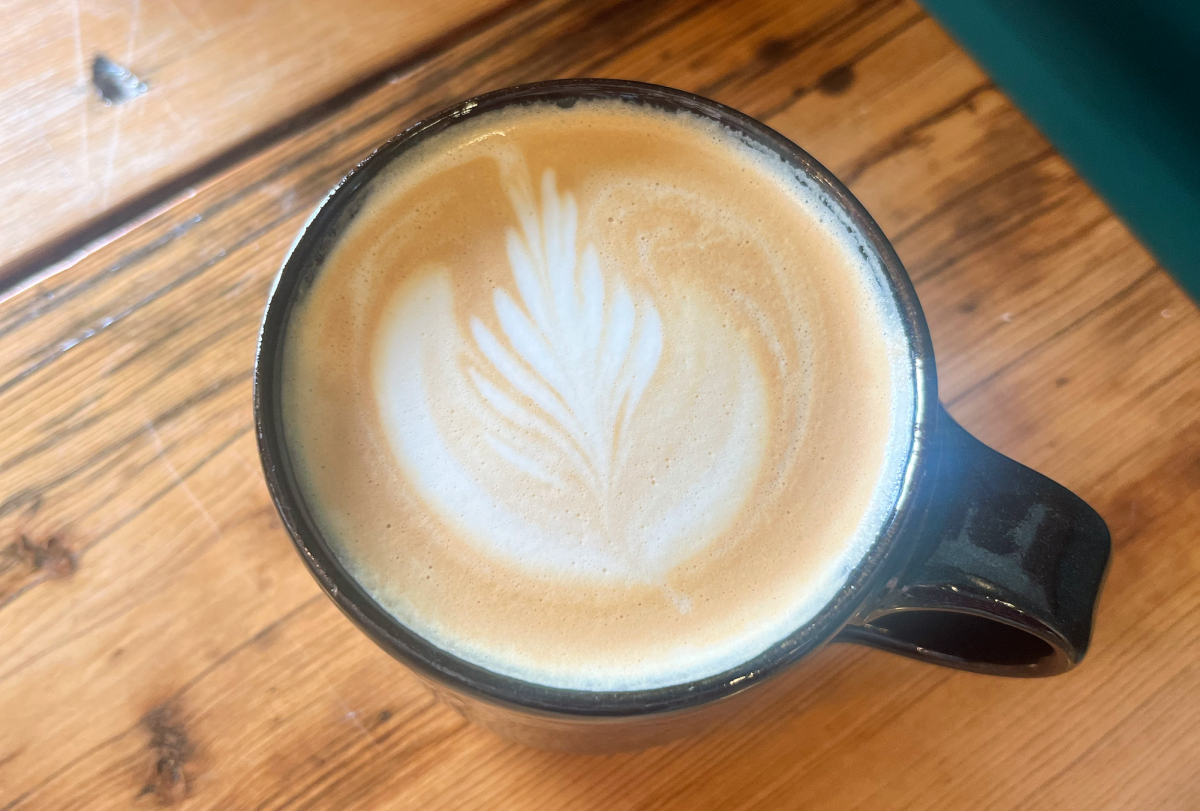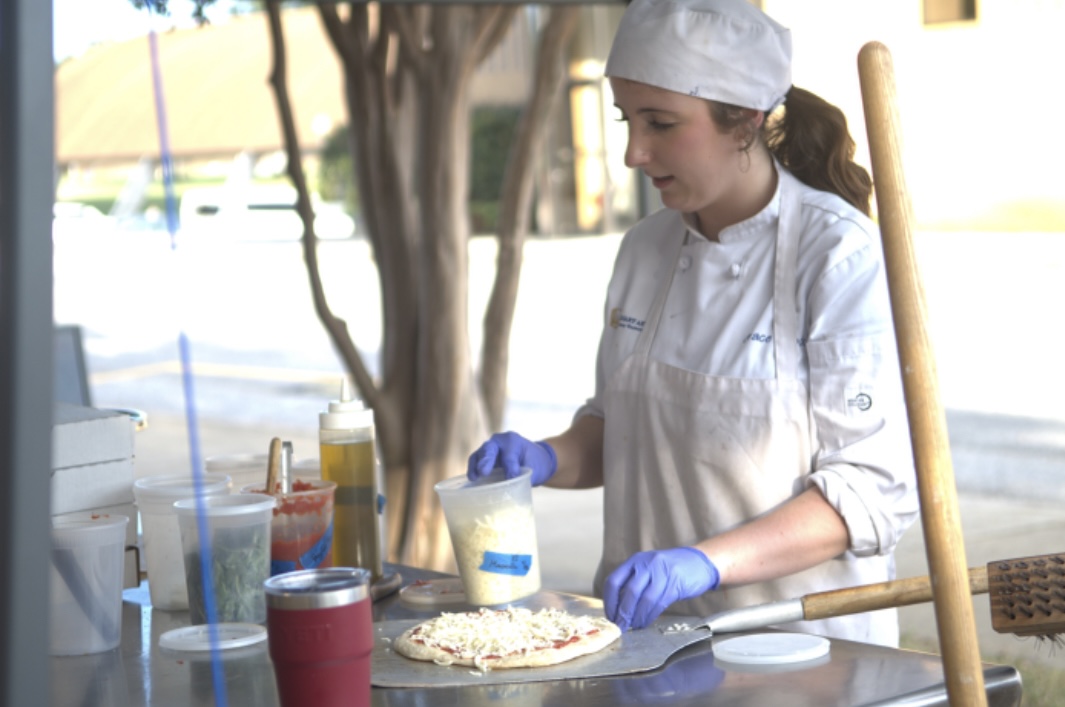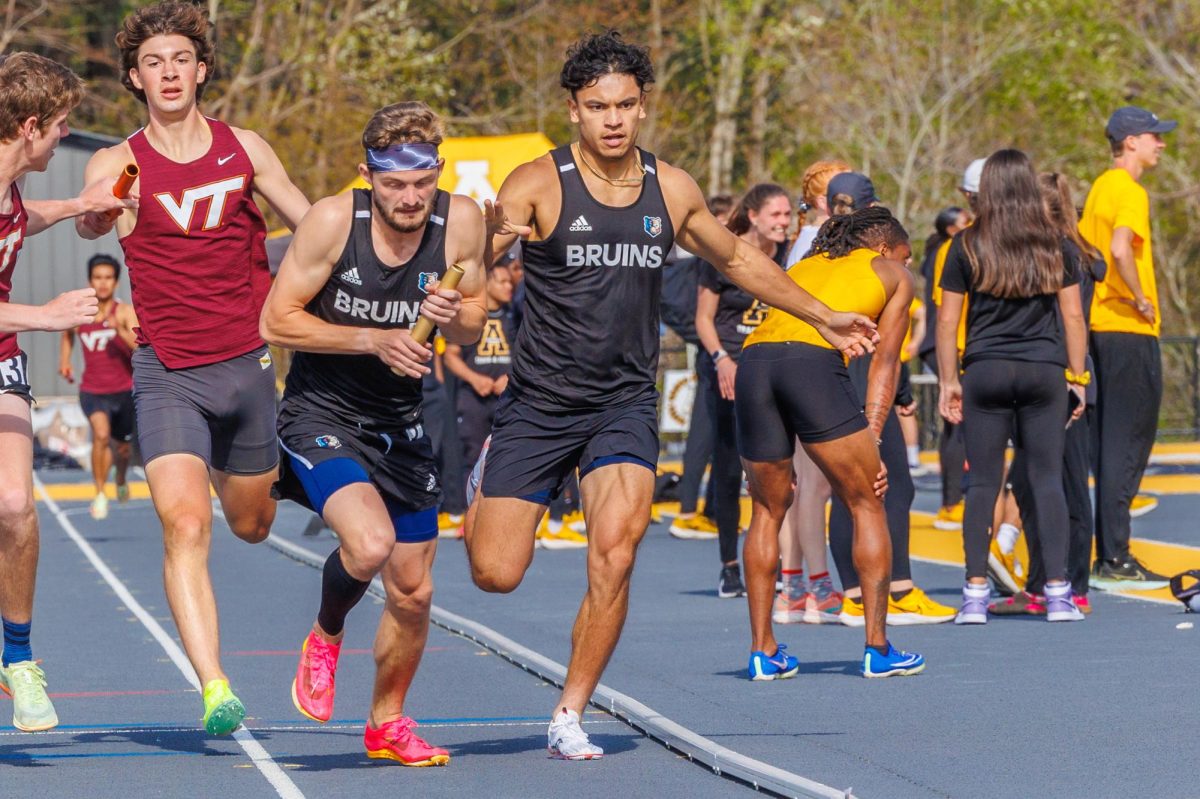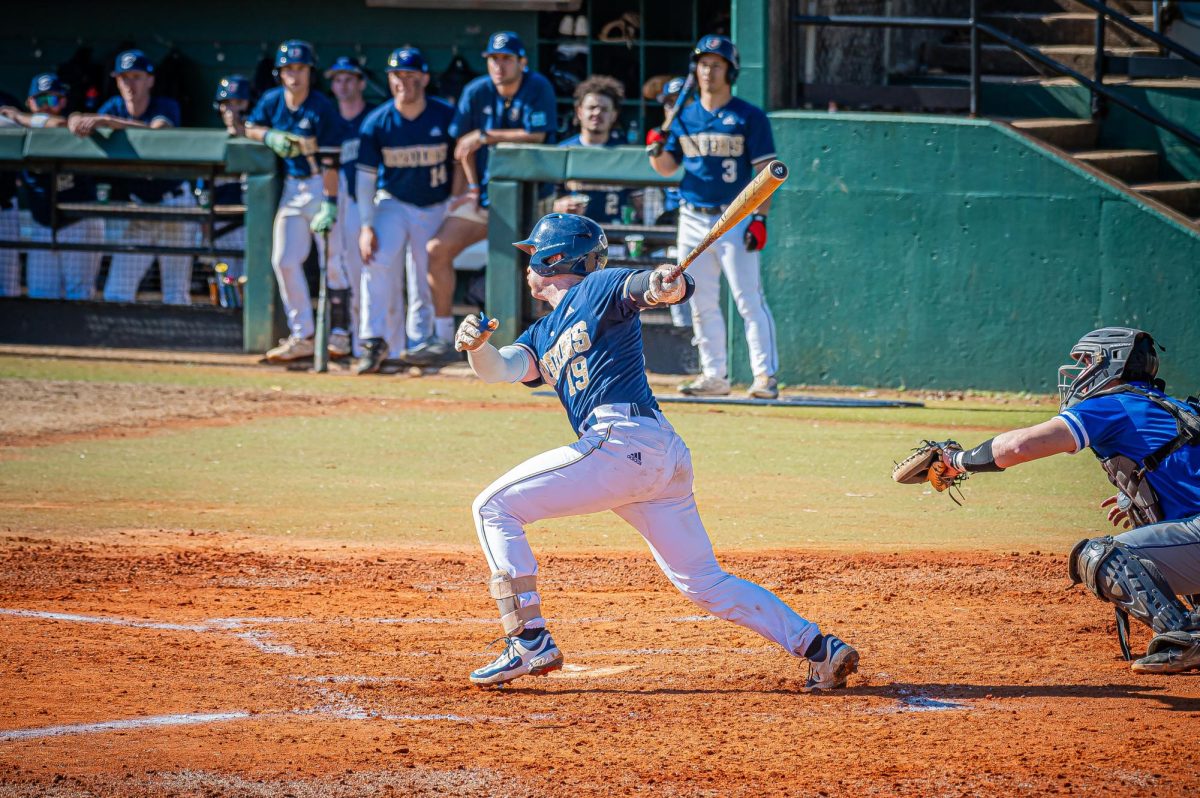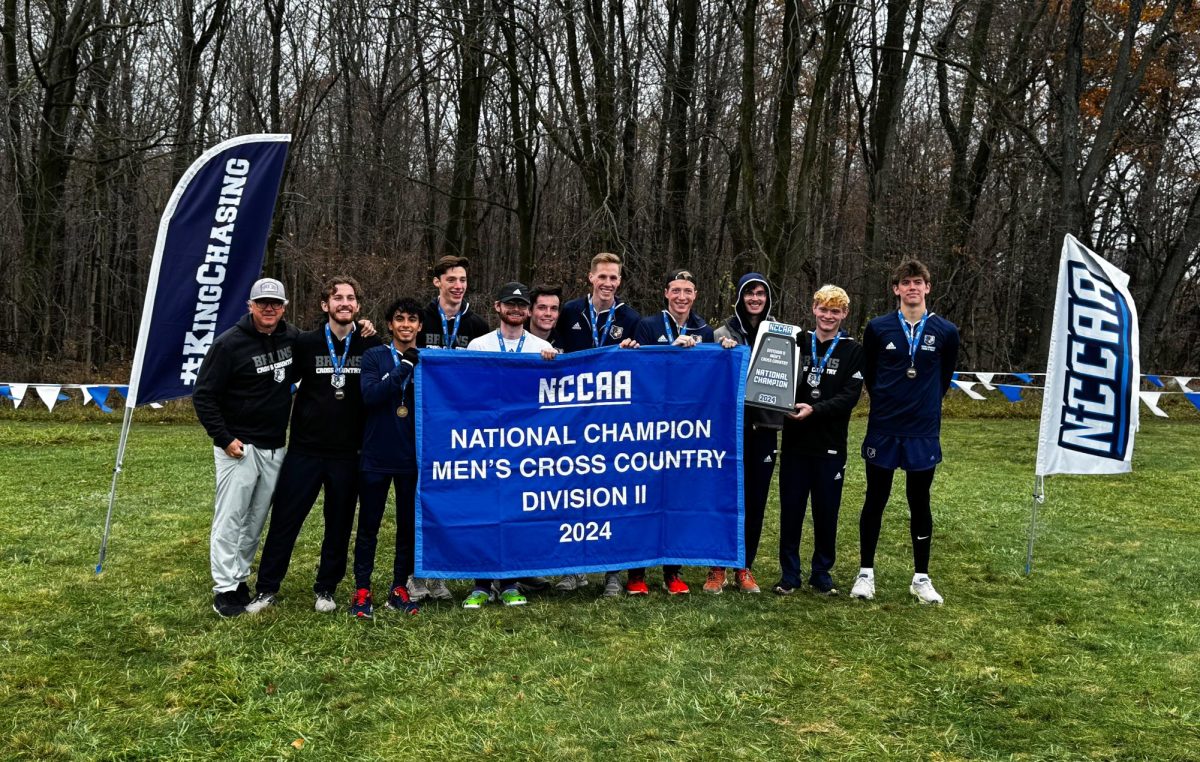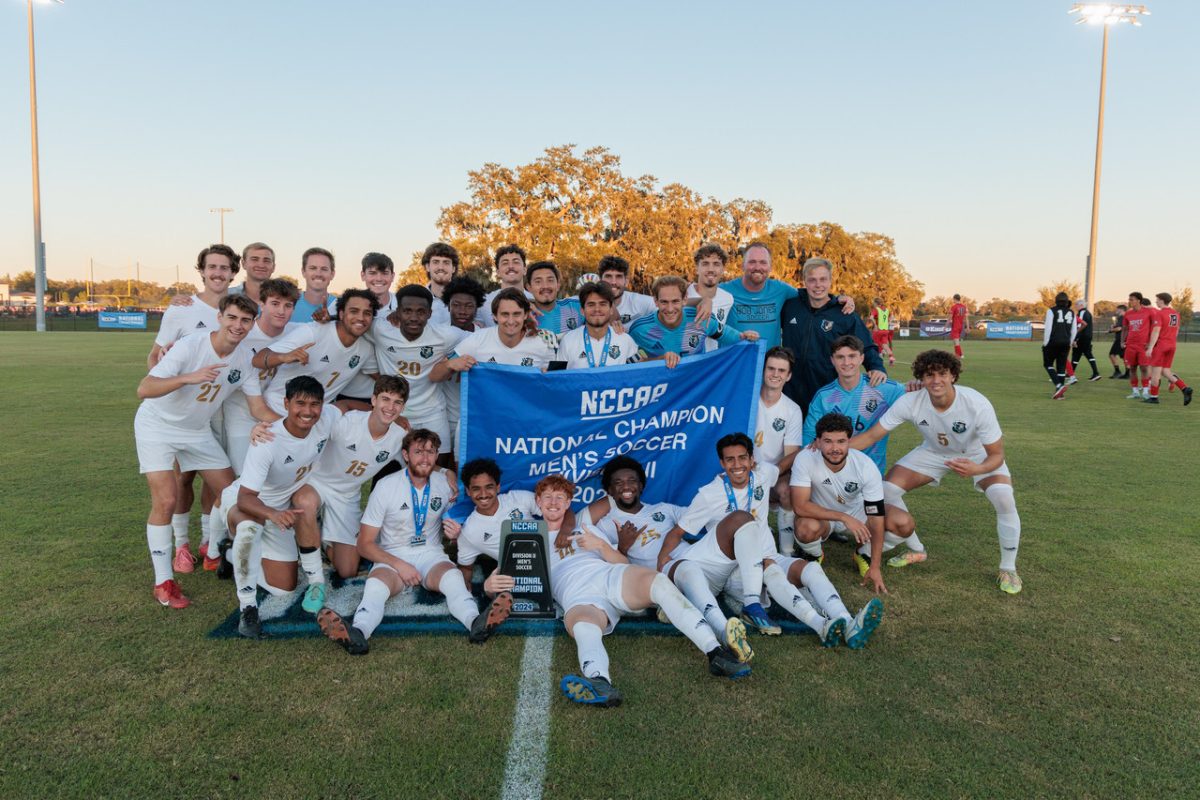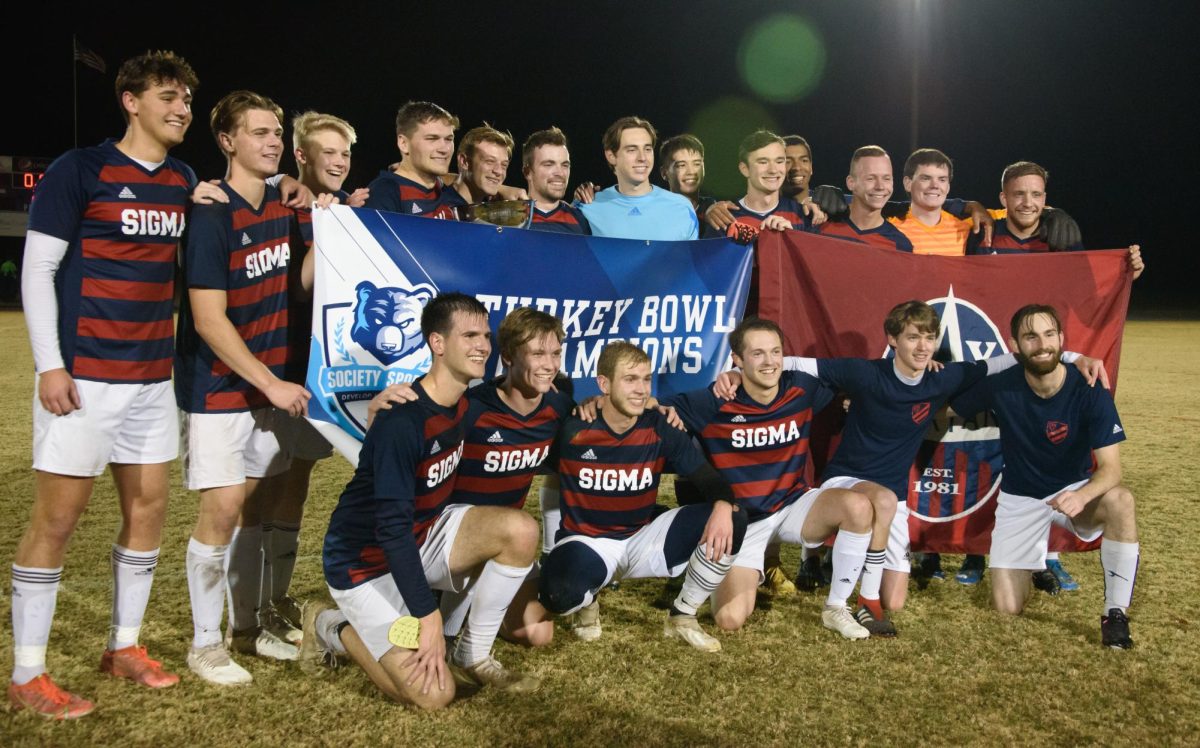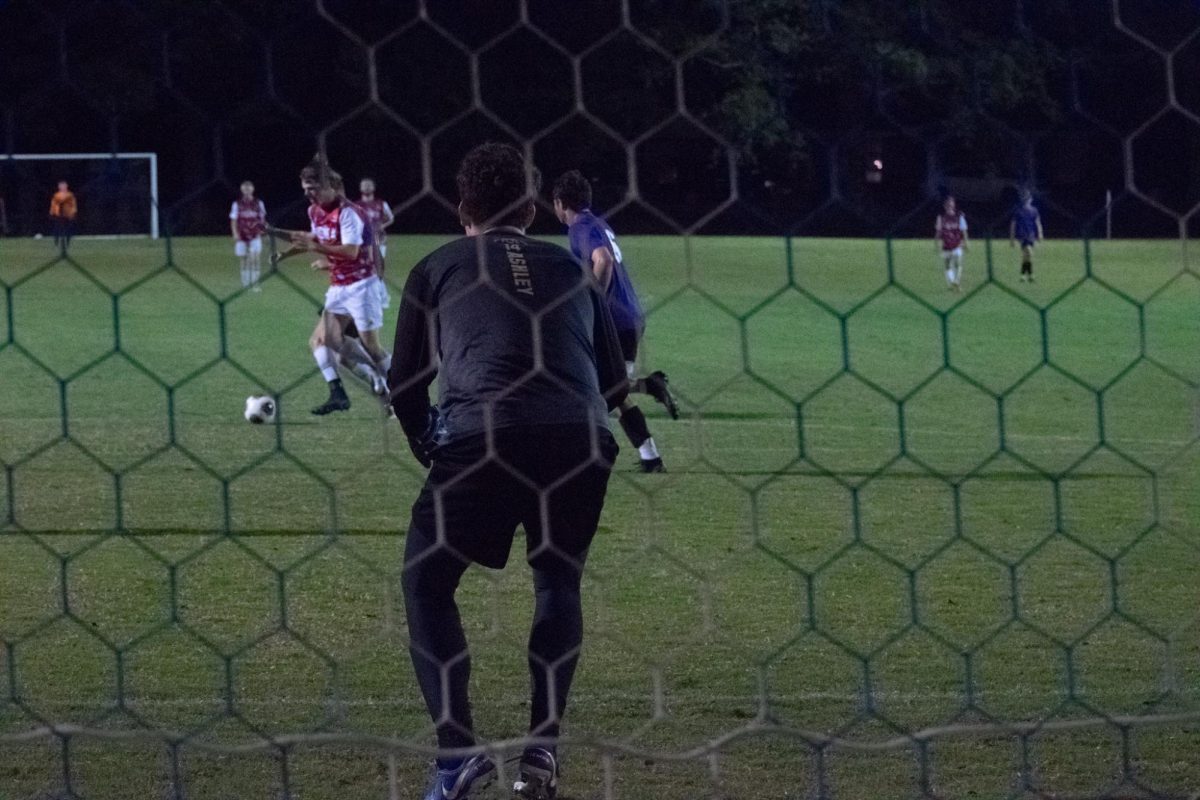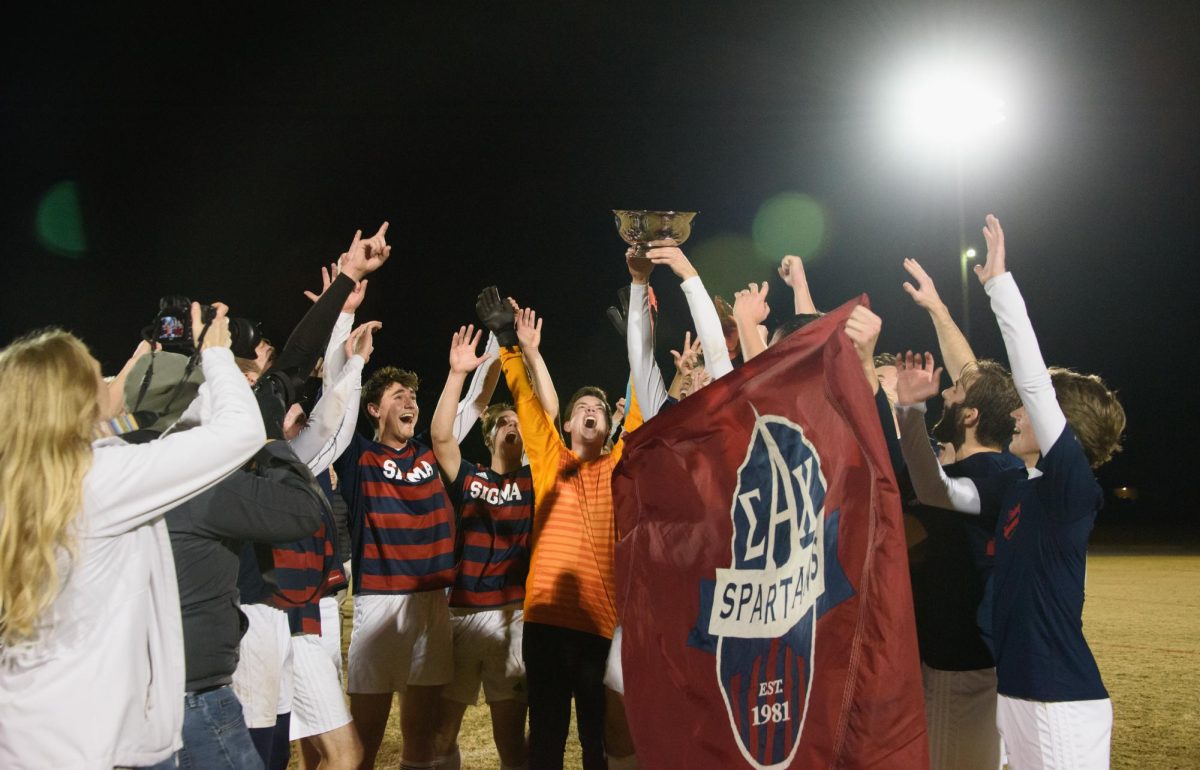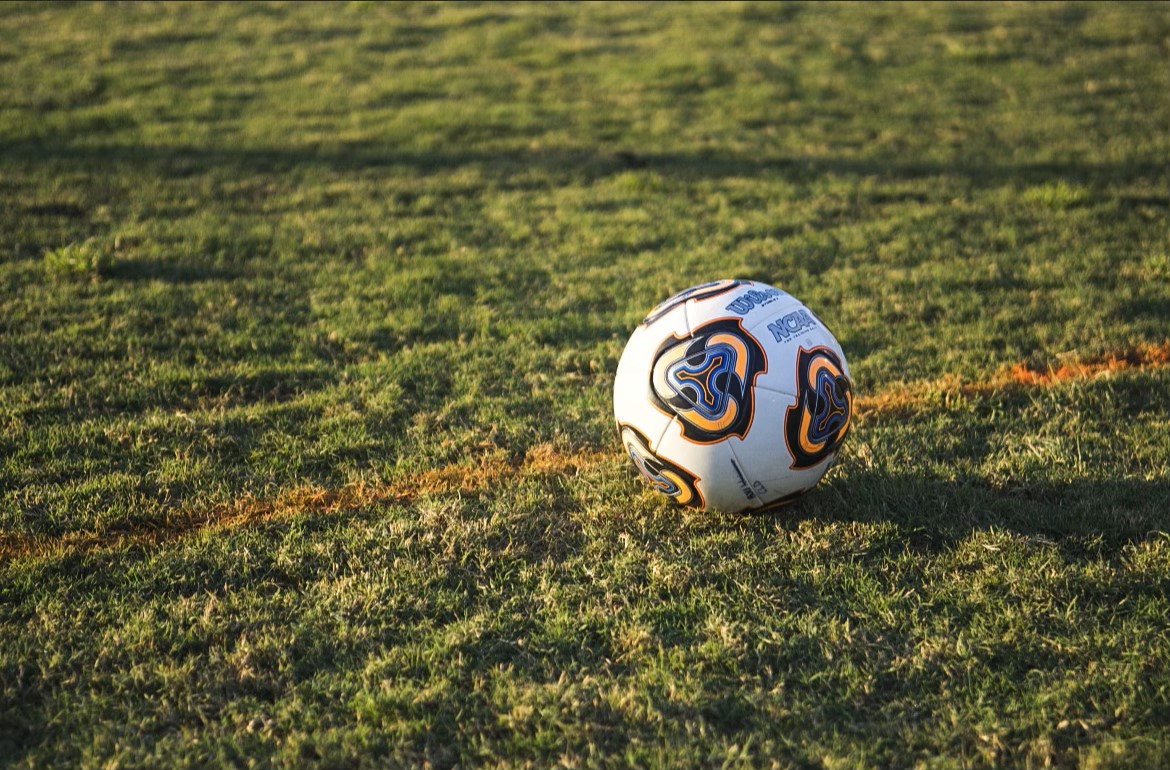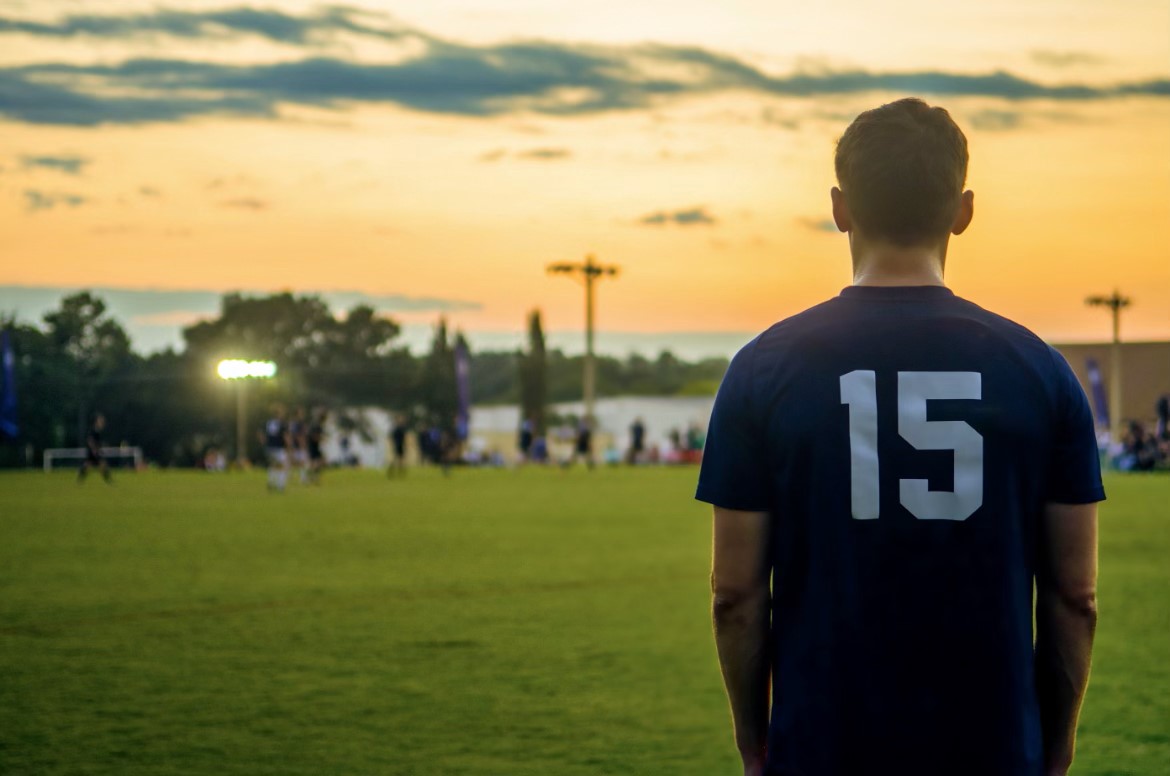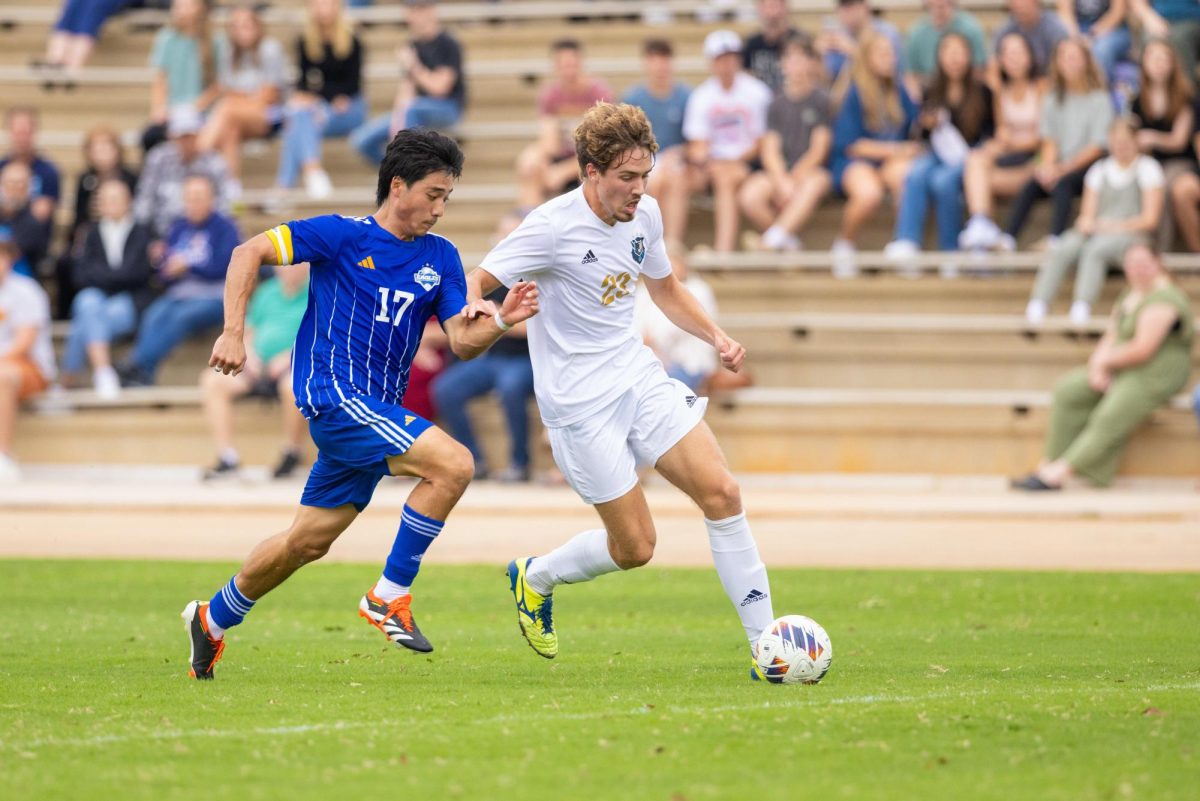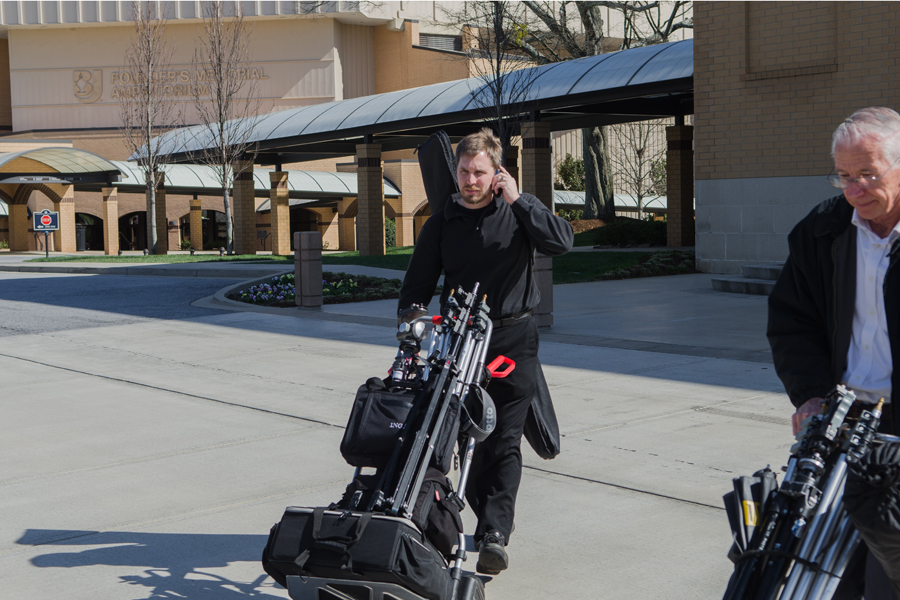We’ve seen the “Photo of the Day” displayed by the projectors in the FMA, and we’ve no doubt marveled at our copies of the Vintage at the close of each academic year. But while we may not initially realize it when we see these photos, Photo Services actually makes all those photos possible — and more.
The purpose behind Photo Services is simply to promote BJU both internally and externally. Six photographers (two full-time employees, two faculty members, one GA and one student worker) work to provide images for the Vintage and the Academian, as well as the University’s magazine, website, brochures and other official publications.
They also take pictures of activities happening on campus and upload them to the University’s Facebook page and other social media sites.
“We try to capture as much as we can to let people know what’s going on here [at BJU],” said Mr. Hal Cook, supervisor of Photo Services.
In addition to taking and providing pictures, Photo Services provides several university departments with access to historical images through its extensive photo archives.
Cook said the heritage of the school is important in telling the story of how God has used BJU through the years.
A huge responsibility of Photo Services is planning and executing photo shoots, whether that means taking group pictures, taking pictures of an event or walking around campus capturing images of ordinary events.
Planning is the first step in preparing for these photo shoots. Sometimes the planning is done by the clients, so the photographer’s job is to make sure the client’s vision is properly represented through the photos. Other times, preparation includes coming up with an idea, contacting appropriate people, confirming the location and making sure the props and subjects are in place.
According to Cook, the staff members of Photo Services often have to edit pictures because the human eye gives us the ability to see a larger area with light than cameras can capture. But for news photos specifically, changing elements in a picture to alter its meaning is not an ethical journalistic practice.
Every image should have a subject, and every subject should stand out. For this reason, the color and lighting may be retouched, or distracting elements may be hidden from the background. Most digital pictures are edited with Adobe’s Lightroom or Photoshop software.
“They say every image is worth a thousand words,” Cook said. “It doesn’t mean [that] those thousand words are strong words.”
Cook compares photo editing to the editing and revising process in writing. Writers rarely publish first drafts — they need to refine them and rework elements within the text. The same concept applies to photos.
“The advent of digital photography has been very exciting for me, because I’m able to do things that were very, very difficult 40 years ago,” said Mr. Dan Calnon, Photo Services photographer who started as a staff member for the Vintage in 1967.
For the most part, Photo Services is responsible for taking and choosing the University’s “Photo of the Day,” with the exception of some student work submitted by photography teachers. The photographers look for pictures that tell a story and that someone would be able to look at and appreciate.
A lot goes on behind the scenes at Photo Services that people can’t see: meetings, planning and organizing, hours spent staring at a computer monitor deciding how to make a great picture look even better. Each one of these responsibilities brings the photographers one step closer not only to promoting the University, but also to preserving its day-to-day history.

